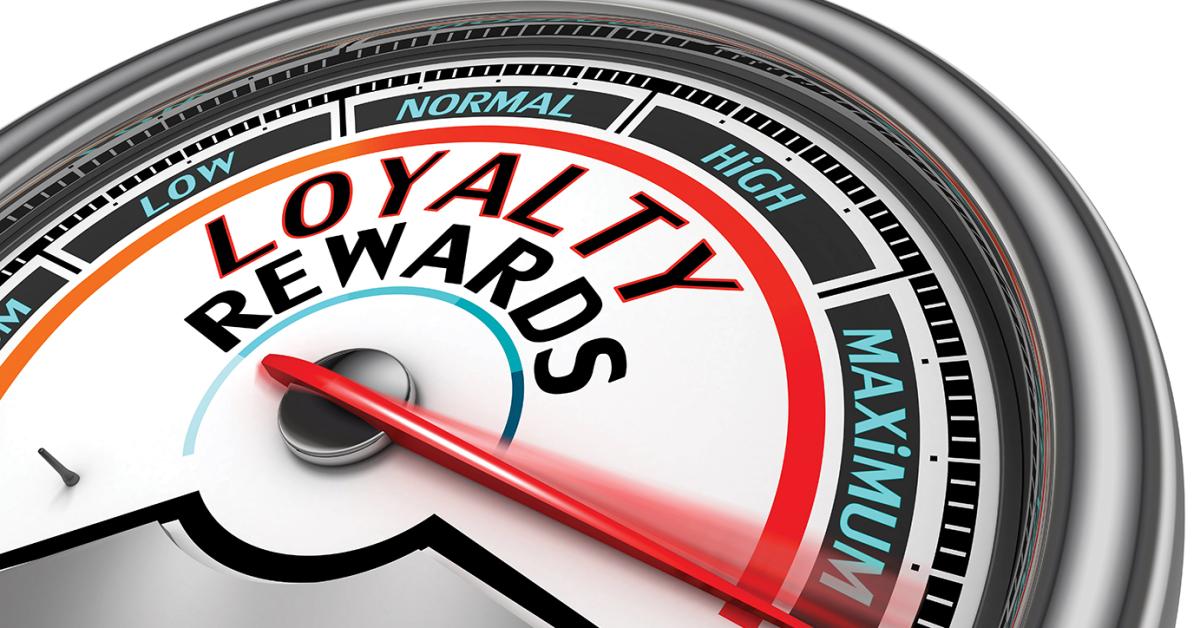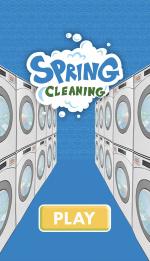CHICAGO — In dry cleaning’s competitive landscape, customer retention is just as important, if not more so, as customer acquisition.
While there’s no substitute for quality service to engage customer loyalty, structured rewards programs have become increasingly sophisticated tools for bringing customers back. Like any business strategy, these programs must evolve to remain effective.
The Evolution of Loyalty Programs
As with many tasks in dry cleaning, technological advancements have offered more options to owners when it comes to loyalty programs.
“In the beginning, we had cards where you’d punch them with a unique hole punch,” says Brian Butler, president of Dublin Cleaners in Columbus, Ohio. “That was tedious, complicated and could be defrauded in many ways, both internally and externally.”
Carlyn Parker of Dependable Cleaners, based in the greater Boston area, echoes this sentiment: “For a long time, we did stamp cards. Unfortunately, we had some discrepancies with it, such as our employees giving customers extra stamps, or they would get points for the order that they just got the 50% off on.”
The transition to digital systems has eliminated many of these loyalty program challenges.
“Our program is now run through our POS system and that does all the point calculation,” Butler says. “There are push notifications through the app, or they might get it as an email or a text — however they want to communicate.”
Dependable Cleaners also developed an automated system.
“Our program moved to where our POS can keep track of it and doles out the rewards,” Parker says. “It takes the human error out of it.”
For Joe Ziccarelli, president of Owl Cleaners in the Pittsburgh region, the digital transformation has made his loyalty program almost effortless for customers.
“We automatically sign everyone up,” he says, noting that all that’s required is the customer’s email address. This approach ensures customers “don’t have to keep track of cards or tags.”
The ‘Why’ Behind Loyalty Programs
Butler’s research into loyalty programs was straightforward: “We started it because we saw it elsewhere in the world, with larger companies that had (many) more R&D dollars for tracking consumer behavior. We thought, ‘Well, it must be a good idea. Since we don’t have a tower full of MBAs studying consumer behavior, let’s just assume the folks at these big companies are right.’”
There’s also the practical aspect of managing customer expectations.
“We get people who, since they’re in here all the time, believe they should get a discount,” Butler says.
For Parker, the reasons for starting a loyalty program were simple.
“We wanted to appreciate the customers who were coming into our business,” she says. “I think that was the main motivator in starting the program — giving back to the customers who come in on a regular basis.”
Ziccarelli believes his approach reflects the competitive positioning of his business.
“We’ve always tried to take care of our best customers,” he says, “and as a higher-priced dry cleaner, we needed to have a good way to directly reward them.”
Come back Tuesday for Part 2 of this series, where we’ll explore some successful loyalty program structures and methods to measure their effectiveness.
Have a question or comment? E-mail our editor Dave Davis at [email protected].




















































